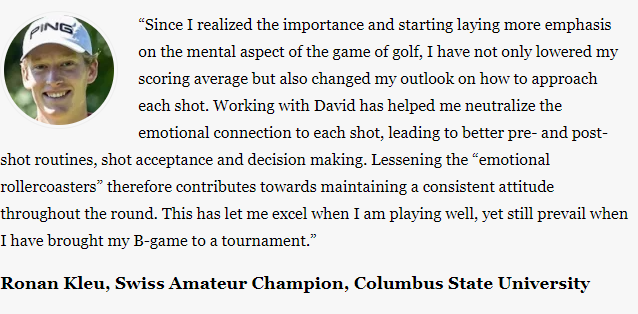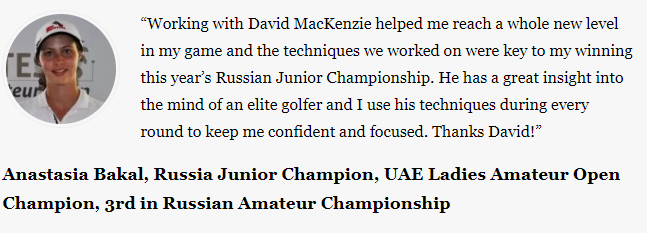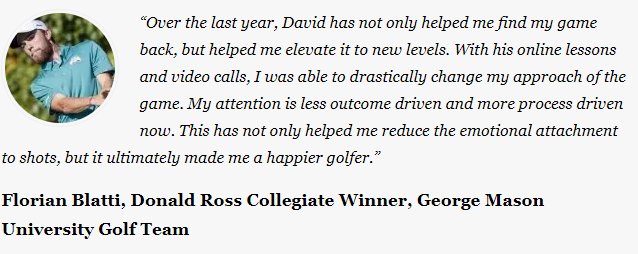Junior golf is more competitive than ever. There are more and more tournaments each year and a greater depth of talent and ability in every age group. To be competitive and reach a high level, a junior golfer not only needs good technical skills, but they need to develop a mental game that can allow them to access those skills under the pressure of such intense competition.
From my 15 years spent working with junior golfers on the mental game, I know that they can sometimes struggle with the following, all of which can prevent them from playing their best game in tournaments:
Losing confidence and self-esteemBeing too focused on score and the end resultBeing too nervous and having “performance anxiety”Not being able to rebound from poor shotsBeing too focused on what went wrongTrying to please parents and coachesComparing themselves to their peers and worrying about what they thinkParents and coaches have a big influence over the development of a junior golfer’s mental game and how well they cope with and overcome these struggles.
What they say before and after rounds can affect their junior’s state of mind and performance. When I do remote mental golf coaching sessions (link) with a junior, a parent or coach will often join us in the sessions, to learn the strategies to help them improve their junior’s mental game.
Fortunately, juniors are very “coachable” and can learn new mental skills and change thinking patterns quickly. If you are a parent or coach of a junior, I’d like to share 5 ways that you can begin working on it.








